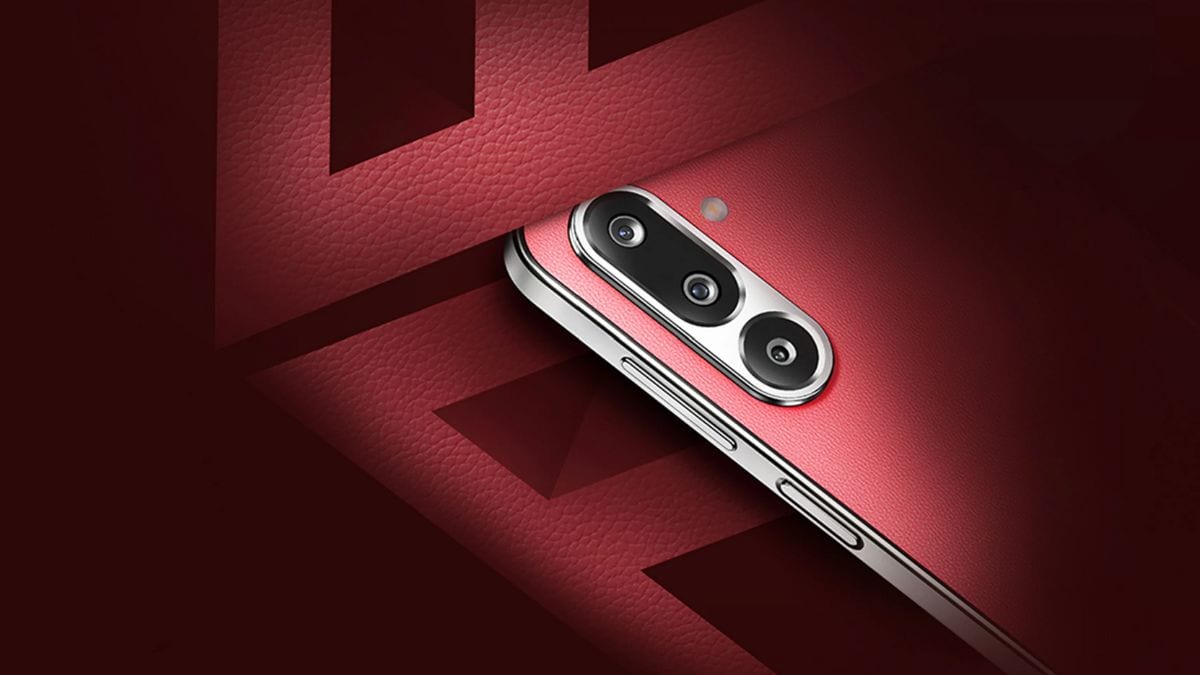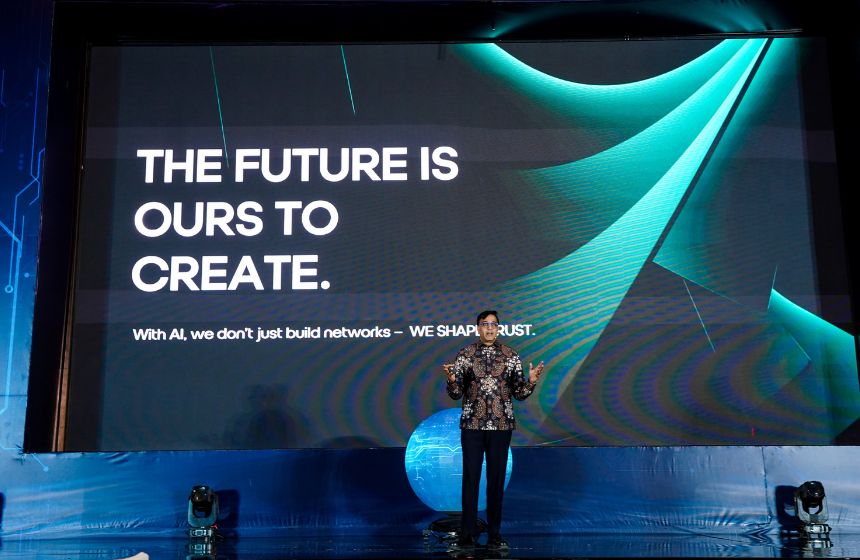OLED displays have grown massively in popularity in recent years, spotted everywhere from TVs, laptops and monitors to smartphones, tablets and handheld gaming consoles – to name just a few places you might find them. But, what is OLED?
Keep reading to learn everything you need to know about OLED, including what OLED is, what it stands for, what makes it so good and some notable disadvantages to the display technology.
We’d also recommend checking out our guides to the best OLED TVs, best OLED laptops and best smartphones for all the latest buying advice.
What does OLED stand for?
OLED stands for ‘organic light-emitting diode’.

What is OLED?
OLED is a display technology that features a thin film of organic compound – or light-emitting diode – which emits light when an electric current is passed through it. The organic semiconducting material is sandwiched between the two electrodes that supply the current, with the top layer of electrodes typically transparent to allow the person using the display to see the resulting picture.
OLED is distinguished from LED (‘light-emitting diode’) technology by the presence of this organic diode. In contrast, LED (and LCD) displays use inorganic semiconductors to light up pixels and display an image.


For more information on how OLED and LED displays compare, visit our guide to OLED vs LED.
What makes OLED so good?
One of the reasons that OLED displays are great is because they’re self-emissive, meaning they emit their own light.
Unlike LCD and LED screens that require an additional layer of backlights to shine through the screen, OLED displays emit their own light. This allows them to be thinner and more lightweight than their LCD/LED counterparts, which for us means TVs that are mounted closer to the wall and phones that slip into pockets more easily. The material is also capable of being made more flexible, allowing OLED screens to be folded in half in the case of foldable smartphones.


Because the pixels can be switched off individually, OLED displays are capable of displaying true blacks and improved contrast. This is a major advantage compared to LCD TVs, which can sometimes experience light leakage due to their always-on backlights.
The self-emissive quality of OLED screens also means they are generally capable of supporting wider viewing angles. This means you can sit off to the side without sacrificing the picture quality the way you might with an LCD/LED TV.


Finally, the absence of a backlight means that OLED displays typically consume less energy than other display types. This means that mobile devices with OLED displays might have longer battery lives than those with LCD screens.
What are the disadvantages of OLED?
Unfortunately, OLED TVs aren’t always as consistently bright as LCD ones, including some QLED and Mini LED TVs. This means that LCD screens can often deliver a brighter, punchier and more vibrant HDR performance. That said, progress has been made in the OLED world to address this disparity with newer technologies such as LG Display’s Micro Lens Array panel stepping onto the scene.
QD-OLED displays can also often reach higher peak luminance levels and offer even better viewing angles than OLED TVs along with more accurate colours and better HDR performance.


When it comes to durability, the organic material in OLED screens will degrade over time. This causes the colour balance to change and the performance to deteriorate, though this takes many years to happen, so it isn’t really something to worry about in the short-term.
Water can damage OLED screens without proper protection, such as a high IP rating, so keep them away from the pool and out of the rain where possible.


OLED devices are also typically more expensive to purchase than devices with LCD screens due to the higher production costs of the technology. That said, OLED screens have become cheaper to produce over the years, so you can definitely pick up an OLED TV or smartphone at a bargain if you look in the right places and take advantage of deals.
What is OLED burn-in?
OLED burn-in is perhaps the most well-known problem that can occur on an OLED display, but is it something you need to worry about?
Burn-in is a more severe version of image retention, a term that refers to the ghostly image left on-screen when static elements, like logos and news tickers, are displayed for a long period of time. The term image retention refers to the temporary issue, while burn-in is used when the residual image appears permanently emblazoned on your TV.

Thanks to manufacturer-made solutions such as pixel shifting, screensavers and reduced brightness in areas where static elements are detected, you’re unlikely to experience image retention and burn-in with regular use of an OLED TV. However, it definitely can happen, so it’s something to be aware of when picking a display type.
If you already have an OLED display, visit our guide to learn how to manage burn-in and image retention.
Where can you find OLED displays?
You can find OLED technology used in a wide variety of devices, including TVs, laptops, monitors, smartphones, smartwatches and handheld gaming consoles, as well as in many flexible and transparent displays.

Should you buy an OLED display?
In our opinion, the pros of OLED displays outweigh the cons. OLED delivers superior contrast and black level performance compared to LCD and LED technologies, while also supporting faster refresh rates. That means less motion blur and fewer artifacts when gaming.
Of course, there are some disadvantages to OLED, with LCD screens typically being brighter and less susceptive to image retention and deterioration over time. However, image retention is unlikely to be a problem with general use, while the deterioration of the organic materials in an OLED display is something that happens over a very long period of time.
OLED also isn’t always cheap, but with this technology getting better and more affordable over time, we think it’s the best choice for those who can swing it.











